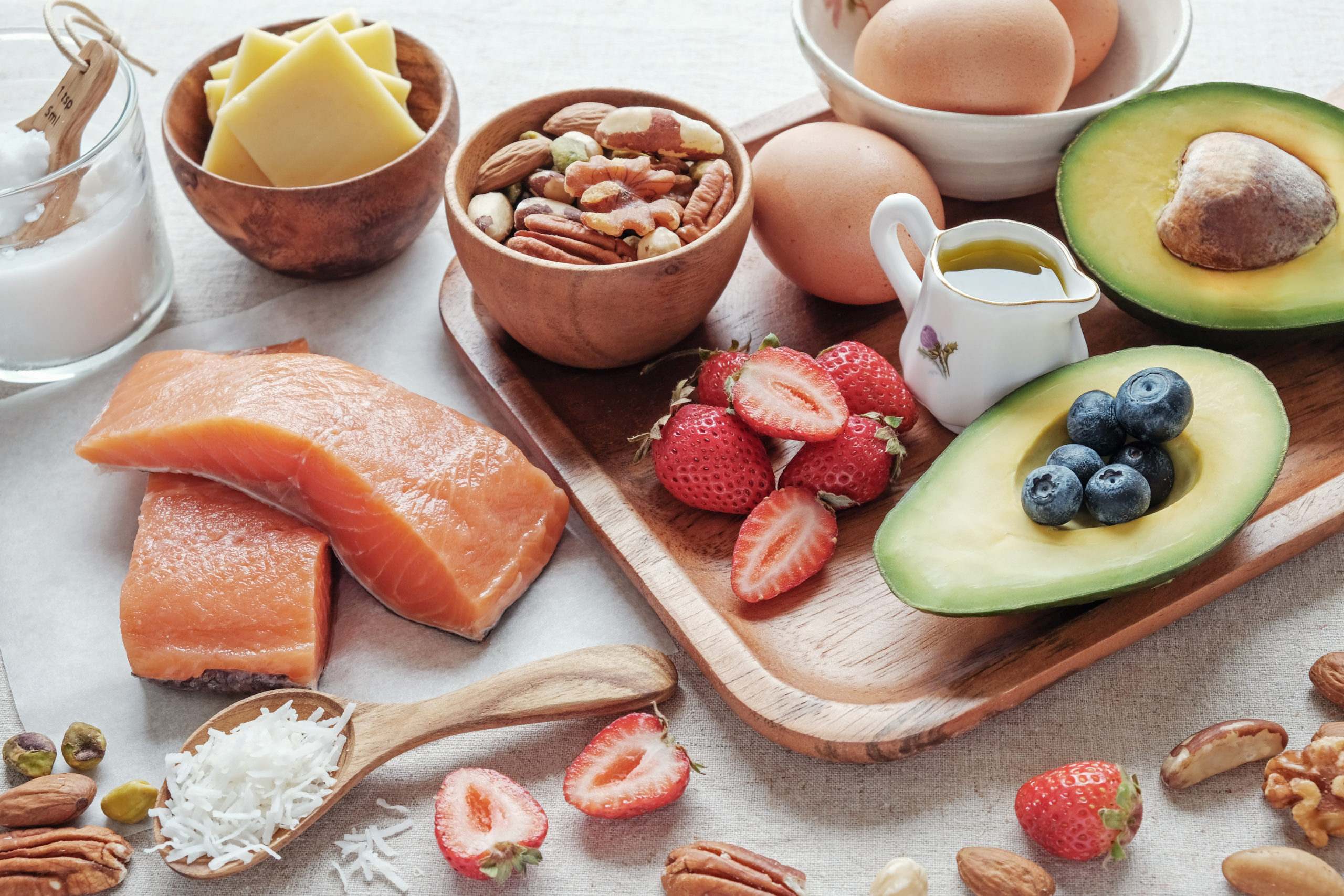Beauty...

By Hilary Sheinbaum
The term “Food Combining” may inspire a vision with a big mixing bowl with flour, butter and eggs — or ingredients poured into a large vat being fused together with each churn. Or, maybe it sounds like your favorite combo sandwich, chock full of different proteins, veggies, and sauces. While these all sound like drool-worthy scenarios, food combining is none of these imaginative scenes. It is, however, a method recently endorsed by many beloved celebs and social media influencers.
Food Combining is a food philosophy that has roots in ancient Ayurvedic medicine. According to Sarah Rueven, a registered dietitian nutritionist at Rooted Wellness in New York City, proponents of Food Combining believes that the improper combination of certain macronutrients and food groups will lead to digestive issues, toxin build-up, and weight gain. The theory, as Rueven explains, is that certain foods are digested at differing rates and therefore if these foods are eaten together, the digestive tract will not be able to function properly. Food Combining followers believe that food will get stuck or even rot in the gut due to impaired digestion. Yikes!
The other theory of Food Combining, Rueven says, is that the digestion of different macronutrients requires different enzymes that function best at different pH levels, so if you combine certain macronutrients, pH imbalances will slow digestion.
According to Eve Persak, a registered dietitian nutritionist in Bali, says there are a few sources that have established varying guidelines.
Rueven says foods are split into different groups including carbohydrates, protein, fats, fruits, and vegetables. There are several rules about how these different groups should be combined. Some common parameters include:
Unlike diets that eliminate certain elements: no food groups or macronutrients are completely off-limits, says Persak.
Also, because the diet emphasizes whole forms of proteins, carbs, and fats, it steers people away from heavily processed foods–which can improve overall nutrition.
Similarly, Food Combining calls for a reduction in refined sugars which can improve and stabilize one’s appetite. And, for anyone who typically has an upset stomach from consuming sweetened, processed products, digestive symptoms may improve in high fructose fare.
Most healthy individuals without underlying medical conditions can try this diet, says Persak. (Although it might be easier for someone whose lifestyle allows for extra attention to meal timing and planning.)
On the subject of extra hours: Persak also notes the inflexibility of the principles for this diet — with the meal timing and planning — might make this regime more difficult to sustain on the long-term. It might be especially true for individuals who eat shared meals with friends and family.
Beyond time constraints, Persak notes that Food Combining isn’t for people looking for blood sugar control or to prevent or manage diabetes. “This diet calls for meals that are exclusively carbohydrate — eating fruit alone and pairing carbohydrates (grains and starches) with non-starchy vegetables,” says Persak. “Unfortunately, when we eat meals with a high carbohydrate load, blood sugar levels will rise drastically. By including proteins or healthy oils with carbohydrate-rich meals and snacks, we are able to temper blood sugar spikes and improve glycemic stability.”
Persak also issues a warning for those with plant-forward eating, including vegans and vegetarians. “Nuts, seeds, and legumes are staples within plant-based diets — as they are valuable sources of plant-based proteins,” she says. “ It might be challenging to reconcile these ‘mixed’ whole foods within the Food Combining approach and ensure a nutritionally complete diet.”
Those with persistent digestive concerns to be aware of potential drawbacks, too, says Persak. “Intolerances are complex — meaning there are a number of potential contributing factors when symptoms arise. Intolerances are also person-specific,” she says. “Some of the principles of this approach would be problematic for individuals with irritable or inflammatory bowels and other gastrointestinal conditions.”
Lastly, Rueven does not recommend this diet to anyone with a history of disordered eating or an eating disorder. With that, discuss your medical history with your physician or nutritionist before starting a new diet and to see if Food Combining is right for you and your lifestyle.